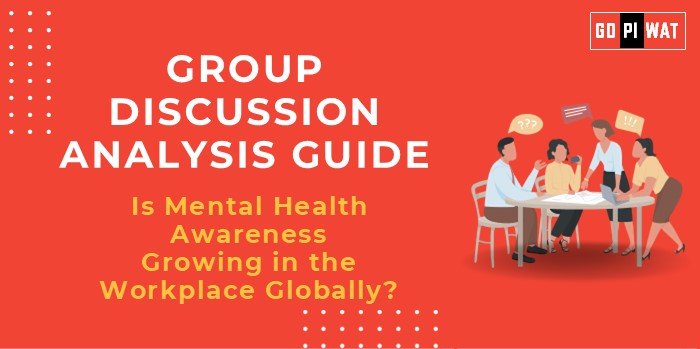🌍 Is Mental Health Awareness Growing in the Workplace Globally?
📋 Introduction to the Topic
“In an era marked by dynamic workplace transformations, mental health awareness is emerging as a critical aspect of organizational priorities globally.”
Discussions around workplace mental health have gained prominence, addressing concerns over employee burnout, stress, and absenteeism. Initiatives like World Mental Health Day and efforts by WHO and ILO spotlight the escalating importance of mental health in professional settings.
📊 Quick Facts and Key Statistics
- 💰 Global Loss: $1 trillion annually in productivity losses due to mental health issues (WHO, 2023).
- 🔥 Burnout Rates: 77% of professionals report experiencing burnout at least once in their careers (Gallup, 2023).
- 🛠️ Workplace Policies: 60% of global organizations have implemented mental health support programs (SHRM, 2023).
- 📞 Employee Assistance Programs (EAP): Used by over 50% of Fortune 500 companies to address workplace mental health.
🌟 Stakeholders and Their Roles
- 🏛️ Governments: Create legislation and promote workplace safety regulations.
- 🏢 Organizations: Offer support systems like EAPs, flexible work policies, and mental health training.
- 🧑💼 Employees: Participate in awareness programs and destigmatize mental health conversations.
- 🩺 Healthcare Providers: Deliver accessible mental health services tailored to workplace needs.
✅ Achievements and ⚠️ Challenges
✅ Achievements
- 📜 Policy Advancements: Nations like the UK and Australia enforce employer responsibility for mental health.
- 🏆 Corporate Initiatives: Companies like Google and Unilever lead with resilience training and wellness integration.
- 🗣️ Awareness Campaigns: Global movements like “Bell Let’s Talk” foster open discussions about mental health.
⚠️ Challenges
- 🚫 Stigma: Cultural barriers prevent open conversations in many regions.
- 🌍 Accessibility: Limited mental health resources in developing economies.
- 📉 Measurement Issues: Difficulty in quantifying mental health program effectiveness.
Case Study: New Zealand’s 2019 Wellbeing Budget allocated significant funding to workplace mental health initiatives.
🌀 Structured Arguments for Discussion
- 👍 Supporting Stance: “With increased corporate focus, mental health is becoming a cornerstone of sustainable workplaces.”
- 👎 Opposing Stance: “Stigma and resource inequality hinder significant progress in workplace mental health globally.”
- ⚖️ Balanced Perspective: “While awareness is growing, disparities in access and cultural barriers limit its full impact.”
📈 Strategic Analysis of Strengths and Weaknesses
- 💪 Strengths: Rising corporate commitment; global recognition of mental health importance.
- 🛑 Weaknesses: Persistent stigma; uneven implementation across industries and regions.
- 🌟 Opportunities: Leverage technology for scalable solutions; cross-sector partnerships to bridge gaps.
- ⚡ Threats: Economic pressures deprioritizing mental health; diagnostic complexities.
📚 Connecting with B-School Applications
Real-World Applications: Research on resilience strategies in HR, capstone projects on scaling mental health policies.
Sample Interview Questions:
- “How can businesses measure the ROI of mental health initiatives?”
- “What role does technology play in advancing workplace mental health?”
Insights for Students: Mental health startups, emotional intelligence for leadership roles, and CSR integration into workplace wellness strategies.


